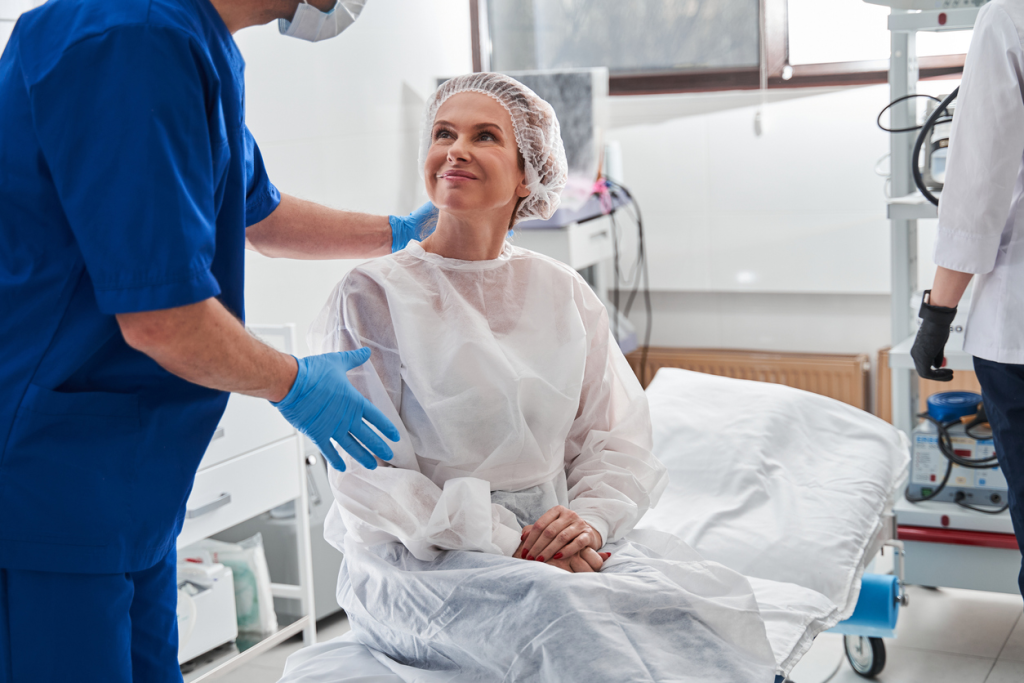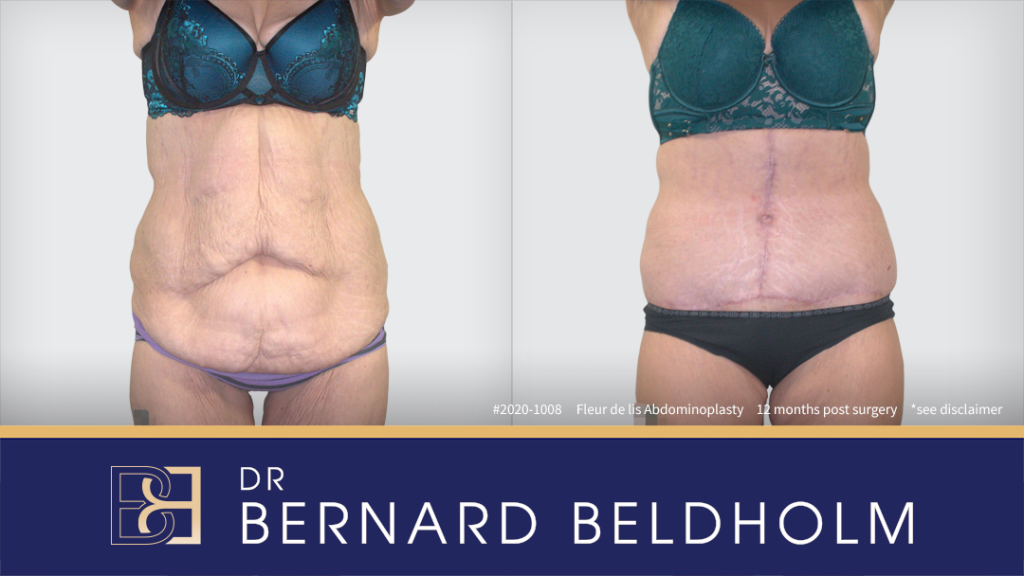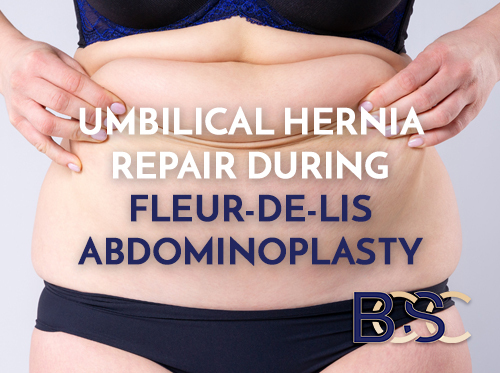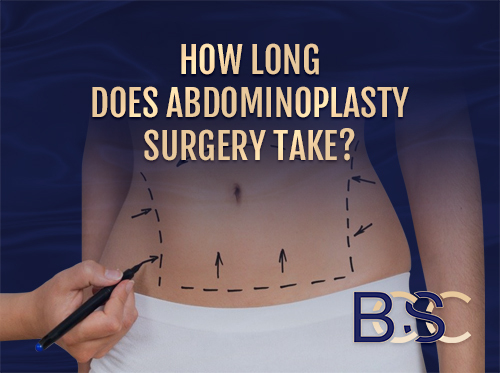When Will I Feel Normal After an Abdominoplasty Procedure?
After an abdominoplasty, patients are required to take some time off from work and modify their normal routines to allow the body to recover. Most patients will start feeling back to normal after about six to eight weeks.
The recovery period may vary among patients due to individual factors and type of abdominoplasty. Recovery after an abdominoplasty is essential for optimal results to be achieved.
Therefore, if you’re planning to undergo an abdominoplasty, learning about what to expect during the recovery, factors affecting recovery, post-operative care, and the expected duration before feeling normal again is crucial.
Let’s dive deeper to learn more.

Recovery After Abdominoplasty
Abdominoplasty is a major surgery that involves removing excess skin and fat around the belly. The procedure may also involve tightening the abdominal muscles and repositioning the belly button.
Abdominoplasty should not be a replacement for weight loss, and should only be considered when a healthy diet or exercise has not eliminated the excess fat. Therefore, it’s important to reach and maintain a desired weight before the surgery to reduce the need for revision surgery.
The first couple of weeks are ** and it’s important to rest, stay hydrated, and avoid any strenuous activities. Allow yourself to use this period for some well-deserved “me time” as you prepare to embark on a new phase of life with a brand-new body.
Due to its invasiveness, abdominoplasty requires approximately six to eight weeks of recovery before normal activities can be resumed. Strenuous work or exercise should continue to be avoided, however, for a longer period to ensure the best results and a full recovery.
Below is what you can expect as you recover from abdominoplasty. Note that this is just the “typical” timeline which can vary from one patient to another.

Day One (Immediately Following the Procedure)
Immediately after surgery, you may wake up feeling tired and dizzy due to the effects of the anaesthesia. In addition there will be bandages and a compression garment covering the incision and surgical drains to help drain excess fluid.
The doctor will place you on bed rest for a night to allow the effects of the anaesthesia to wear off and for further monitoring. The duration of hospital stay depends on the type of abdominoplasty. Mini abdominoplasty patients require less hospital stay than full or circumferential abdominoplasty patients. For mini abdominoplasty surgery, it is possible that the patient can go home on the same day.
First Week
Normally, patients are able to return home after a day or two, though as the effects of the anaesthesia effects wear off, intense pain is expected. This pain is normal and can be managed with pain medications prescribed by the doctor. After the first week, the pain and other symptoms will gradually subside. The surgeon will discuss this with you in discharge instructions.
Bruising, swelling, and soreness are common in the first three days as tightness and discomfort around the belly is present. For this reason, patients are generally instructed to assume a hunched position when getting around the house. If you experience unusually intense pain, nausea, wound redness, or fever, contact your surgeon immediately.
It’s important to get plenty of rest during this period while ensuring maximum ** to ** recovery. Sleeping in a reclined position on your back is suggested. On the third day, light walking around the house helps to ** blood flow and ** healing.
The compression garment must be kept on at all times except when bathing, though most doctors recommend refraining from bathing for at least two days after surgery. The bandages should be kept clean and changed regularly. Reducing caffeine and salt intake and drinking plenty of water to stay hydrated is critical.
Second Week
During the second week, the tightness around the belly, bruising, and pain decreases significantly. However, there may be substantial swelling, so it’s important to keep the compression garment on and continue limiting sodium intake.
During this time, it is also helpful to gently massage the incision and apply scar-minimising techniques like silicone sheets and vitamin E. By the end of the second week, light chores and walking short distances can be resumed, though it is still advised to avoid vigorous exercises, alcohol, and smoking.
Third to Fourth Week
The swelling will significantly subside by the third week, and the pain and bruising will be minimal or completely gone. The amount of time required to wear the compression garment will be reduced, though scar-minimising treatments may be continued.
With the doctor’s approval, the patient can gradually get back into light exercise, while it’s important to avoid exercises that involve the abdominal area such as weightlifting and crunches.
Fifth to Eighth Week
During this period, the side effects are almost completely gone, and most patients can resume their normal activities, including strenuous exercises and activities. However, always be sure to obtain approval from your surgeon before beginning any exercise routine. Additionally, be sure to ease gradually into the routine, avoid straining the abdomen, take rests, and stop if you experience any pain or discomfort. Basically, this is the time to listen to your body and trust what it’s telling you.
Maintaining a healthy diet and ideal steady weight, continuing to wear the compression garment, and applying scar treatments (only if recommended by the general surgeon) will ** healing.
Three to Six Months
Enjoying the results of the abdominoplasty will begin to happen at month three, though there may be residual swelling, which can take up to six months to disappear. The scars will take longer to fade, (between twelve months to two years), though the duration varies between patients.
Following the post-operative instructions carefully throughout the recovery period and watching out for any abnormal scarring such as hyperpigmented or thick scars or scars extending beyond the incision are critical.

Disclaimer: Operation performed by Dr Bernard Beldholm. Adult content, surgery has risks; individual results vary, seek 2nd opinion. Please see the full disclaimer.
Factors Affecting Recovery After an Abdominoplasty
Individual factors may influence scarring and recovery after abdominoplasty.
Several factors determine how ** it takes to feel “normal again.” These include your age, overall health, the type of abdominoplasty that was performed, and adherence to post-operative instructions.
Patient’s Age
Collagen, a key component involved in skin elasticity and health, is produced in larger quantities in ** patients than in older adults. Collagen ** the healing process, reducing the recovery period for ** abdominoplasty patients.
Health of Patient
The patient’s immunity and overall health are major factors that determine recovery after surgery. Healthy patients will recover in a shorter period than those with other underlying medical conditions.
Adherence to Post-Operative Instructions
The specialist surgeon will provide instructions to follow during recovery. Following these instructions and attending follow-up sessions will ** the recovery process.

Disclaimer: Operation performed by Dr Bernard Beldholm. Adult content, surgery has risks; individual results vary, seek 2nd opinion. Please see the full disclaimer.
Type of Abdominoplasty
There are different types of abdominoplasty procedures, each with varying levels of invasiveness, hence there are differing hospital stay durations and length of recovery. The more invasive the procedure is, the longer the downtime and recovery period. Below are the different types of abdominoplasties offered by BCSC.
Mini Vaser Lipo Abdominoplasty
This is the least invasive procedure, involving the removal of excess belly fat and skin without belly button repositioning. Mini Vaser Lipo Abdominoplasty patients can return home on the day of surgery and can resume normal activities after one to two weeks.
Full Vaser Lipo Abdominoplasty
This procedure involves the removal of excess skin and fat in the entire abdomen (lower and upper abdomen). It repairs the separated abdominal muscles and repositions the belly button. Full Vaser Lipo Abdominoplasty patients require an overnight stay at the hospital after surgery, and can resume normal activities after three to four weeks.
Extended Vaser Lipo Abdominoplasty
Extended Vaser Lipo Abdominoplasty is more invasive than the other two procedures. It ** excess skin and fat on the belly, hips, and back. The patients stay overnight in the hospital. This surgery takes a little longer than the full abdominoplasty surgery. It will take six to eight weeks to resume normal activity.
Circumferential Abdominoplasty
Circumferential abdominoplasty is commonly referred to as a body lift, and it’s the most invasive procedure, ** the abdomen, sides, lower back, and buttocks. The patient requires two to five hospital stay days, and can resume their normal activities after four to eight weeks.
Fleur-de-lis Abdominoplasty
Fleur-de-Lis is an abdominoplasty technique that removes significant redundant belly skin and fat vertically and horizontally in major weight loss patients.
When patients have experienced massive weight loss resulting in redundant excess abdominal skin in the entire abdomen, Fleur-de-Lis abdominoplasty is an option. Fleur-de-Lis Abdominoplasty
differs from traditional abdominoplasty techniques in several ways: risks, expectations after surgery, cost, and suitability, downtime, scar, and invasiveness.
Alternatively, its medical term is corset lipectomy or vertical abdominoplasty. The procedure is more extensive and complex than traditional tummy tuck procedures. This is because it ** excess abdominal skin, unlike standard abdominoplasty.
Related post: Fleur-de-lis Abdominoplasty Guide.
** Recovery After an Abdominoplasty Surgery
The recovery journey is never **, but there are a few things that can ease the pain and speed up the process.
- Adhere to the doctor’s recommended post-operative care.
- Attend routine follow-up appointments as advised by your surgeon.
- Drink plenty of water to stay hydrated.
- Avoid certain medications such as blood thinners as these might interfere with the healing process.
- Maintain a healthy diet.
- Avoid exposing the incision to UV light.
- Wear supportive compression garments as directed.
- Avoid smoking and drinking alcoholic beverages.
- Get enough sleep and rest.
- Take light walks around the house to ** blood circulation.
- Take prescribed pain medication as directed.
- Keep the incision site dry.
- Avoid strenuous exercises and activities.
- Sleep on your back in an inclined position.

Frequently Asked Questions
When can I start working again after an abdominoplasty?
Though this varies, most post-abdominoplasty patients cannot resume daily activities immediately after surgery. Most patients can resume light activities after two to three weeks, and may return to their normal activities after six-eight weeks.
How long will it take to notice the final results after an abdominoplasty?
After an abdominoplasty procedure, it will take three to six months until full results are visible, so patience is key. Full recovery, however, may take twelve months to two years.
What causes the tight pulling at the belly after an abdominoplasty surgery?
Abdominoplasty involves creating an incision at the belly and stitching the wound together. This is what causes the tight feeling in the belly after surgery. Moreover, abdominoplasty may involve muscle tightening, also creating a tight feeling in the belly. It is important to know that the pulling and tightness in the belly after abdominoplasty is normal. However, if it persists, contact your surgeon.
Is swelling after an abdominoplasty normal?
Swelling is the body’s natural healing process, occurring when fluid collects around the wound. Sometimes, the doctor may insert drains to remove the excess fluid. Swelling is normal and subsides gradually over time, but residual swelling may take months to go away completely.
Bottom Line
After undergoing an abdominoplasty procedure, the goal is to feel normal and target back to a regular routine as ** as possible. However, it’s important to allow yourself the time your body needs to heal. For this reason, planning your surgery is one of the most important steps you can take when considering abdominoplasty as recovery can take a few weeks or months. Scheduling time off from work, recruiting friends and family for support, and giving yourself permission to heal are all imperative to achieve the best results and a ** return to normalcy.
References
- De Moraes, B. Z. F., Ferreira, L. M., Martins, M. R. C., Rostom, L., De Castro, H. a. S., & Nahas, F. X. (2022). Do compression garments prevent subcutaneous edema after abdominoplasty? Aesthetic Surgery Journal, 43(3), 329–336.
- Vidal, P., Berner, J. E., & Will, P. (2017). Managing Complications in Abdominoplasty: A Literature review. Archives of Plastic Surgery, 44(05), 457–468.
- Matarasso, A. (1991). Abdominoplasty: A system of classification and treatment for combined abdominoplasty and suction-assisted lipectomy. Aesthetic Plastic Surgery, 15(1), 111–121.
- Kosloski, F. R., Barbosa, M. V. J., Rodrigues, M. A., Martins, M. R. C., Ferreira, L. M., & Nahas, F. X. (2023). Effect of compression garments on the ventilatory function after abdominoplasty. Aesthetic Surgery Journal.
- Hoyos, A. E., & Millard, J. (2007). VASER-assisted high-definition liposculpture. Aesthetic Surgery Journal, 27(6), 594–604.
- O’Kelly, N., Nguyen, K. T., Gibstein, A., Bradley, J. P., Tanna, N., & Matarasso, A. (2020). Standards and Trends in Lipoabdominoplasty. Plastic and Reconstructive Surgery – Global Open, 8(10), e3144.
- De Souza Pinto, E. B., De Souza Pinto Abdala, P. C., Maciel, C. M., De Paula Turchiari Dos Santos, F., & De Souza, R. P. M. (2006). Liposuction and VASER. Clinics in Plastic Surgery, 33(1), 107–115.
- Staalesen, T., Elander, A., & Strandell, A. (2012). A systematic review of outcomes of abdominoplasty. Journal of Plastic Surgery and Hand Surgery, 46(3–4), 139–144.
- Rangaswamy, M. (2013). Minimising complications in abdominoplasty: An approach based on the root cause analysis and focused preventive steps. Indian Journal of Plastic Surgery, 46(2), 365.
- Rajabiyazdi, F., Alam, R., Pal, A., Montanez, J., Law, S., Pecorelli, N., Watanabe, Y., Chiavegato, L. D., Falconi, M., Hirano, S., Mayo, N. E., Lee, L., Feldman, L. S., & Fiore, J. F. (2021). Understanding the meaning of recovery to patients undergoing abdominal surgery. JAMA Surgery.


